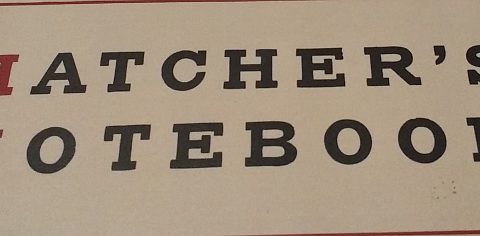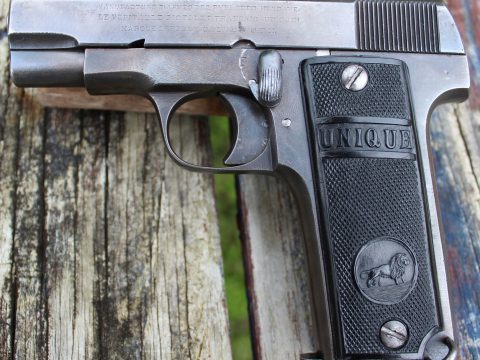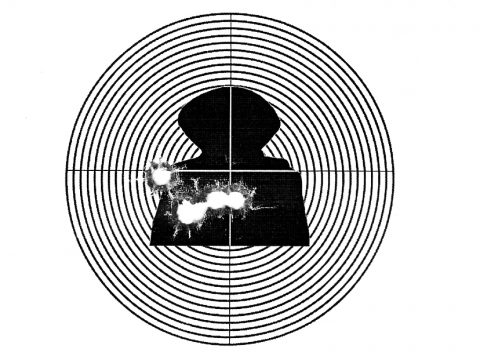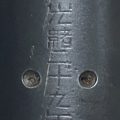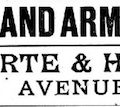The making and selling of weapons of war has always stirred contradictory feelings – on the one hand there’s pride in producing fine quality weapons for the defence of ones homeland, weapons which might even deter war by making it too terrible to contemplate and on the other there’s the moral objection that making weapons inevitably leads to war.
By the end of the Nineteenth Century, and certainly after the First World War, if the public had an image of the arms trade it was probably a pretty negative one. The perceived wisdom was that the arms dealers of the world would happily sell their deadly wares to both sides. They would profit from, and perhaps even foment, conflict around the globe without any thought to the suffering their actions might entail. The trade was utterly devoid of morality and steeped in corruption and bribery.
Much of the criticism was accurate enough and understandable outrage at the activity of the arms trade seems to have led to a generally agreed narrative that those engaged in it were “Merchants of Death”. However, this narrative has a significant missing voice – that of the merchants themselves.
To uncover this voice we have one resource in the shape of “Arms and Explosives” magazine. Published in London between 1892 and 1920 it advertised itself as a “Technical and Trade Journal”. It offers a rare insight into what what was happening in the arms trade and what the concerns of its readership were. Each issue is a mixture of serious technical instruction and lectures, lists and explanations of new patents, company results, information about notable members and events in the trade and a fair amount of good old fashioned gossip, speculation and claims about this and that new weapon that hindsight tells us were absolute nonsense.
Just reading the patent section gives us a glimpse into a world of “what-if”- such as specification number 23823 from 1895 by M.S. Calvert which proposes an inventive projectile that utilises spring loaded, spirally folded wings which allow it be fired from a smooth bore gun – shades of APFSDS?
Needless to say there’s a lot of opinion as well and it’s always fun to see just how the reputation of a firearm can be transformed over time. If you want to know what the “informed” journalistic opinion of the SMLE was when it was introduced back in 1903 this is for you. (Spoiler alert: it was not positive. The rifle is said to be full of “Military Defects” and “Mechanical Anomalies”).
There is also some wonderful complaining about the stupidity and short-sightedness of governments and the hypocrisy of those who decried the trade in arms. A cynical little piece from 1903 called “The Supply of Arms to Barbarians” points out that an awful lot of people made money from the arms trade, even if they kept the fact quiet. Who knows, it speculates, the person making a fortune from some dirty arms deal might also be a staunch “supporter of a local religious organisation” (!).
In the end, a couple of themes really stand out. One is the dynamism of the arms trade during this period, and the other is that the development of military firearms is a long and painful process with as many false starts as successes. So, one article confidently asserts that “The dawn of the day when automatic rifles shall be the practicable armament of every civilised military power seems almost at hand”. Sadly, they were a little optimistic. The piece was written in 1902!
Scans of the Magazine may be found at the Centre for Research Libraries https://www.crl.edu/
Interested in Military Rifles and the Arms Trade of the late Nineteenth Century. Loves the smell of archives in the morning.

